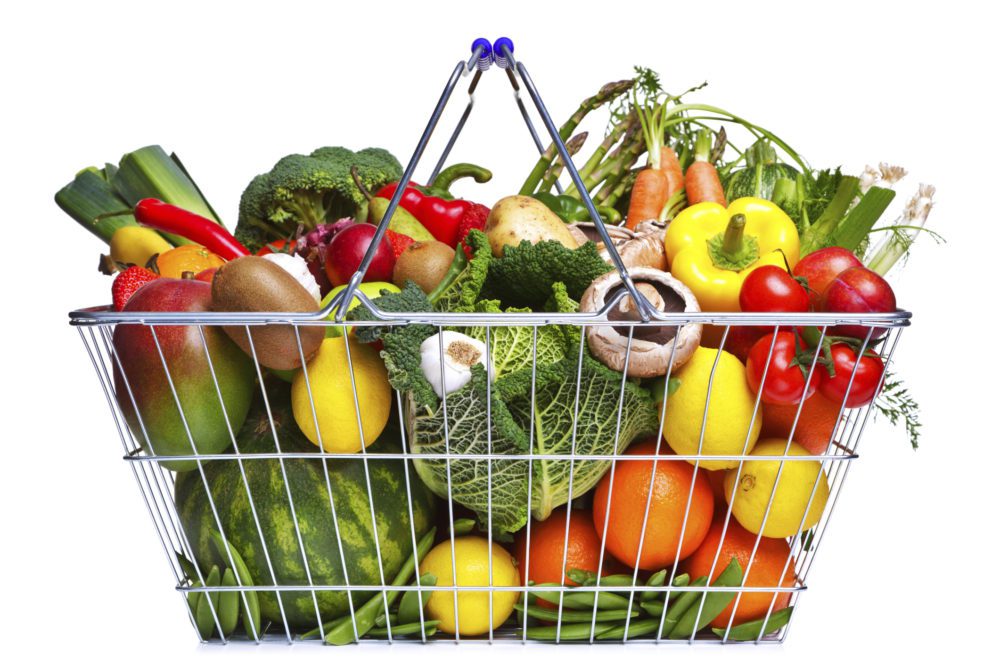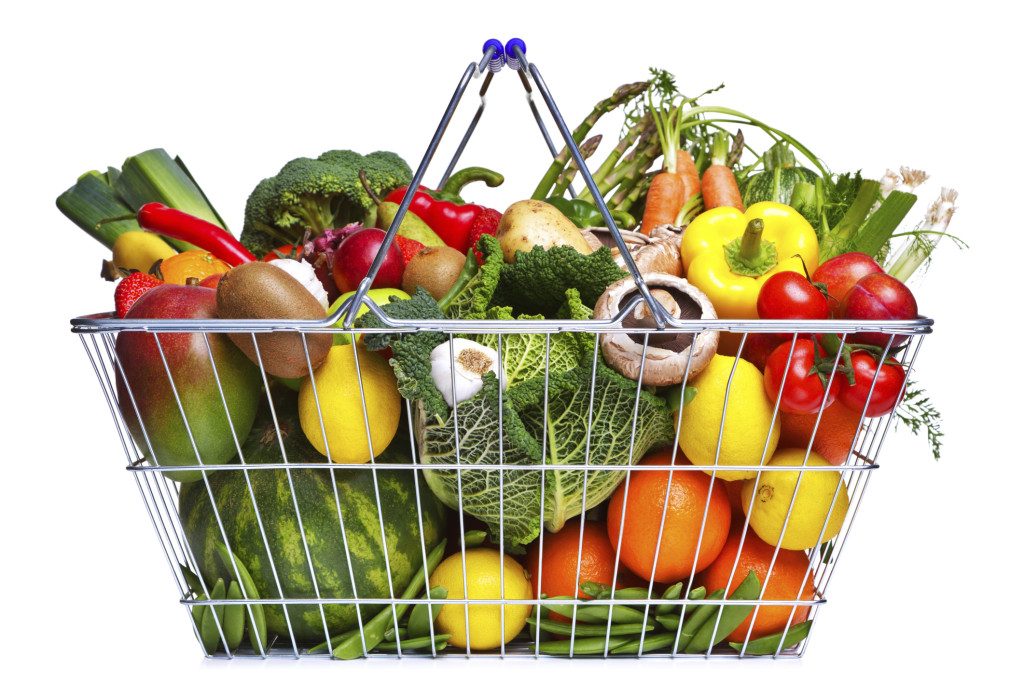Metabolism matters: Energy in, energy out
Knowing approximately how much energy your body needs and how much it uses during activity can be an important tool for improving your overall health and also your running experience.

 How much energy (kcal of food) do you need on a given day? What if you want to lose weight? Or if you run 16K?
How much energy (kcal of food) do you need on a given day? What if you want to lose weight? Or if you run 16K?
As runners, we are all aware of the importance of diet and nutrition for our success. Whether it’s shedding a few extra pounds before race season, staying properly fuelled for a workout, or carb-loading for an upcoming marathon; what we eat, when, and how much truly matters. And energy balance is about more than just weight control. Having too much or too little energy can leave us feeling sluggish, interfere with our running and perhaps open the door to injury and illness.
Most people understand that in order to fuel our bodies for extended periods of physical activity, we often require additional energy. How much more energy and how our bodies use it however, is often a source of confusion. Many also make the common mistake of overestimating the energy they use (such as during a run) and thus are likely to overconsume and intake more energy than is necessary. Others may consume too little energy for their levels of activity, and may feel flat and fatigued as a result.
Metabolism is the term that refers to how the body uses energy. When there is more energy taken in than what is needed, anabolism occurs and the body builds and stores the excess (often resulting in weight gain). When less energy is available than what is required, catabolism occurs and the body breaks down and uses what is stored (resulting in weight loss). Energy balance refers to taking in (approximately) only as much energy as is required.
So how does metabolism work? Metabolism can be further broken down as the sum of three ‘processes’: Basal metabolic rate (BMR), the thermic effect of food (TEF), and physical activity expenditure/level (PAL).
Basal metabolic rate (BMR) is the amount of energy required to sustain all essential life processes. If you were to lie in bed all day long and not move a muscle, your body would still require energy to keep you alive by regulating your temperature, beating your heart and operating your organs. There are numerous ways and online calculators to determine your BMR including the one found here on the Canadian Running website.
The thermic effect of food (TEF) is the amount of energy, above BMR, that is required to process the food you ingest (i.e. it takes energy to use energy). This value is more difficult to predict and depends on the types and quantities of food you eat. For simplicity, it accounts for about 10 per cent of one’s daily energy intake.
Finally, physical activity expenditure/level (PAL) is the amount of energy needed to allow for all the daily movements of the body. From brushing your teeth, walking the dog to running 10K; energy is required to fuel the muscles that move you from place to place. This again varies considerably depending on your level of activity and lifestyle but even in those almost entirely sedentary, this value amounts to at least 10 per cent of one’s daily energy needs.
Now that you know how the energy is used by the body, you can estimate your daily needs in order to attain a particular outcome (to lose, gain or maintain weight). To estimate the energy you expend while running, use the 100kcal for each mile (or approximately 60kcal per K) ‘rule of thumb’ which again is simply an estimate. More accurate calculators can easily be found online and take into account one’s age, sex, and body composition.
So what does this all means to you? A basic understanding of metabolism is essential for estimating energy needs including for weight management and for those who are currently physically active. Knowing approximately how much energy your body needs and how much it uses during activity can be an important tool for improving your overall health and also your running experience.


